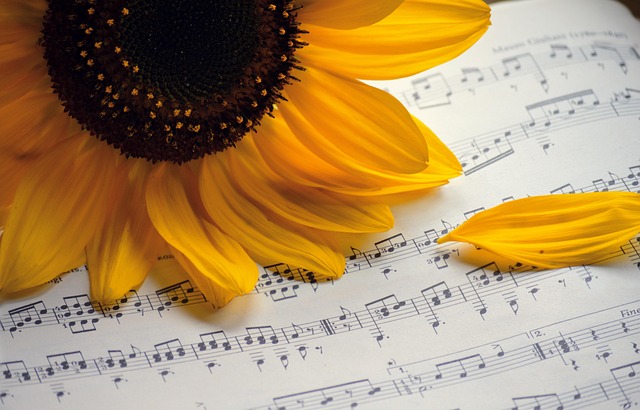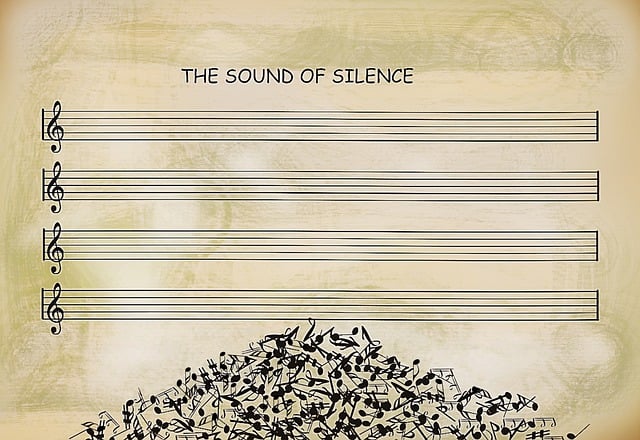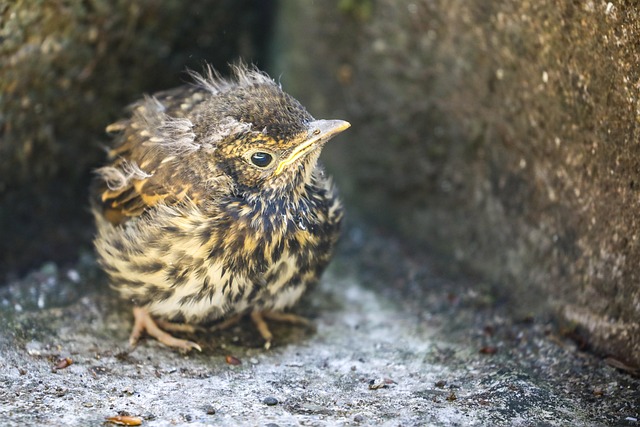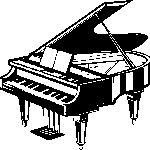Before setting up a home studio, define your musical interests and goals, choosing equipment based on the desired sound. Beginners should focus on key gear like microphones, audio interfaces, and headphones for core recording. Soundproofing and room treatment enhance acoustic quality, while software like GarageBand or Audacity facilitate song creation and editing.
Looking to record your first song at home? This guide is your starting point for setting up a professional-quality studio without breaking the bank. We’ll walk you through understanding your musical vision, selecting essential recording equipment, optimizing your space, and leveraging software tools for capturing, mixing, and mastering your tracks like a pro. Get ready to dive into the world of home recording!
- Understanding Your Needs: What Kind of Music Do You Want to Record?
- Essential Gear for a Basic Home Studio Setup
- Setting Up Your Recording Space: Creating an Acoustic Environment
- Software and Editing: Capturing, Mixing, and Mastering Your Song at Home
Understanding Your Needs: What Kind of Music Do You Want to Record?

Before setting up your home recording studio, take time to understand your musical needs and aspirations. Reflect on what kind of songs you enjoy creating or listening to—this will guide your equipment choices and overall setup. For instance, if you’re more inclined towards classical music, you may require specific tools tailored for capturing the nuances of orchestral pieces, such as high-quality microphones and precise audio interfaces.
On the other hand, if modern pop or rock is your jam, a versatile setup with solid monitoring speakers might be more suitable. Exploring different music industry career paths can also help shape your needs—do you envision producing tracks for others or crafting your own unique sound? Understanding musical forms and genres will further influence your decisions, ensuring that your home studio setup aligns seamlessly with the type of songs you envision creating. Give us a call at artistic expression through music therapy to discuss how to tailor your space to your creative vision.
Essential Gear for a Basic Home Studio Setup

To create a basic home studio setup, beginners should focus on essential gear that forms the backbone of any recording space. Start with a quality microphone, ideal for capturing vocals or instruments with clarity. A robust audio interface connects your microphone to your computer, enabling seamless digital conversion of analog signals from your instruments or voice.
Invest in good headphones for accurate monitoring during tracking and mixing. Additionally, a soundproof room or treatment can significantly reduce unwanted noise and reverb, enhancing the overall quality of your recorded songs. For those interested in exploring different rhythms and their impact on music, consider adding unconventional instruments like percussion sets or synthesizers to layer unique sounds alongside classical or modern genres. Give us a call at live performance: stage lighting design for more creative inspiration.
Setting Up Your Recording Space: Creating an Acoustic Environment

When setting up your home recording space for beginners, creating an acoustic environment is key to capturing the best sound for your songs. Start by treating your room to reduce echoes and reverberation. Simple solutions like adding drapes, bookshelves filled with books or record collections, and even area rugs can significantly improve the acoustics. Think about the musical scale types and modes you want to accommodate—whether it’s the warm richness of an acoustic guitar or the crisp highs of a keyboard—and design your space accordingly.
Remember, music isn’t just about technical aspects; it also resonates on an emotional level. The psychology of musical preferences plays a role in how we perceive sound, so create a space that feels inspiring and comfortable for you. Visit us at improvisational jazz vs. structured compositions anytime to learn more about exploring different genres and styles. This approach will not only enhance your recordings but also make the process more enjoyable, turning your home studio into a creative sanctuary where you can bring your musical visions to life.
Software and Editing: Capturing, Mixing, and Mastering Your Song at Home

Recording software is your digital studio, where you’ll capture, mix, and master your song. Popular options like GarageBand (for Mac users) or Audacity offer intuitive interfaces for beginners to get started with ease. These tools allow you to record vocals and instruments, layer tracks, adjust volume levels, and apply basic effects.
As you grow in your music journey, consider exploring advanced features through editing software. Applying music theory in practical settings by understanding concepts like EQ (equalization) and compression can significantly enhance your song’s quality. Whether delving into classical or modern music genres, learning these techniques will enable you to achieve professional-sounding results right from the comfort of your home studio. Visit us at music composition techniques anytime for more guidance on mastering these skills.
Setting up a home recording studio is an exciting journey for any aspiring musician. By understanding your musical goals, investing in fundamental equipment, and optimizing your recording space, you can create a professional-sounding track right in the comfort of your home. This guide has equipped beginners with the knowledge to start their music production adventure, allowing them to transform their ideas into polished songs. Remember, the process is as much about creativity as it is about technical skill, so dive into this new world with enthusiasm and see your musical visions come to life!








Leave a Reply